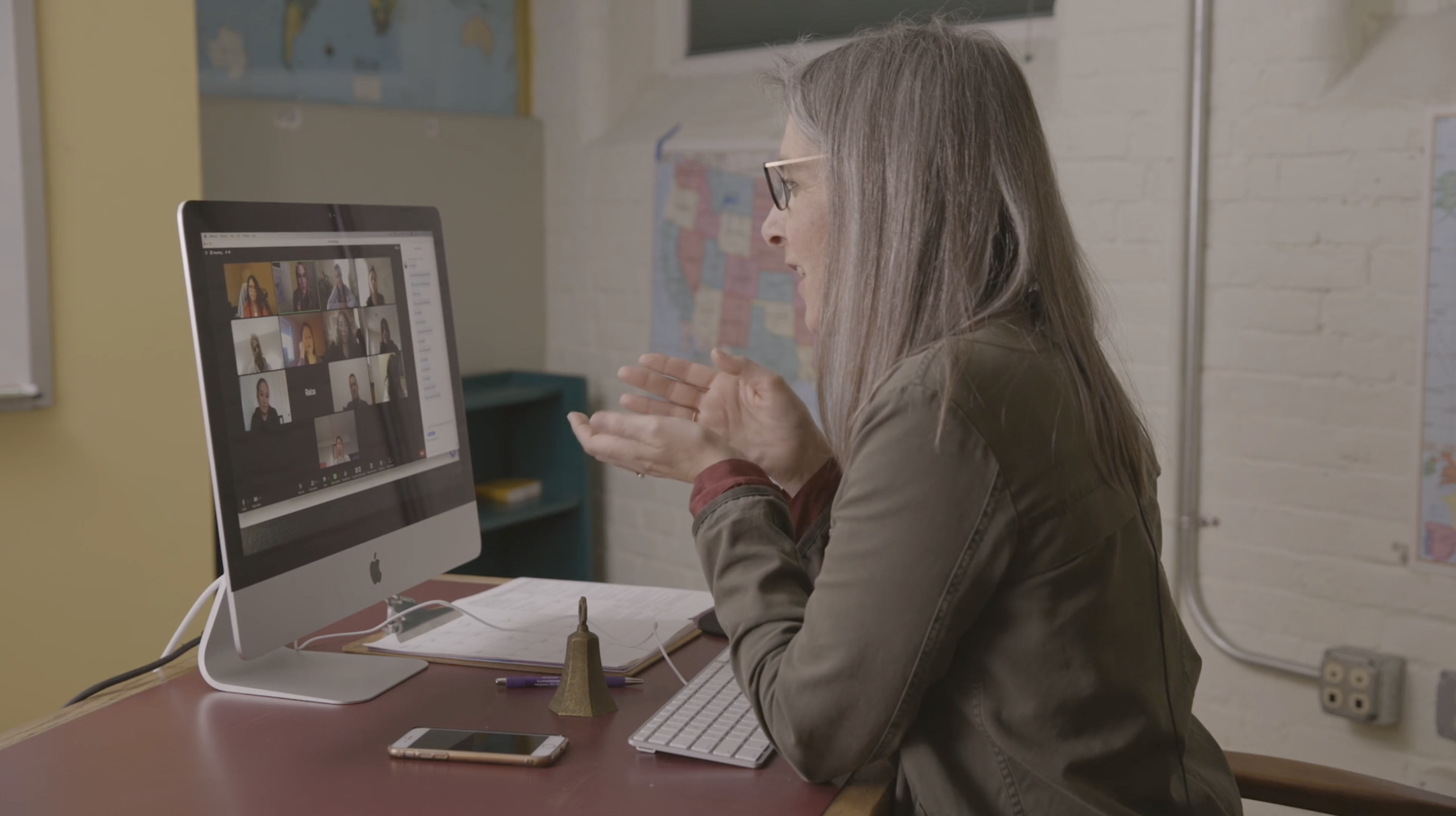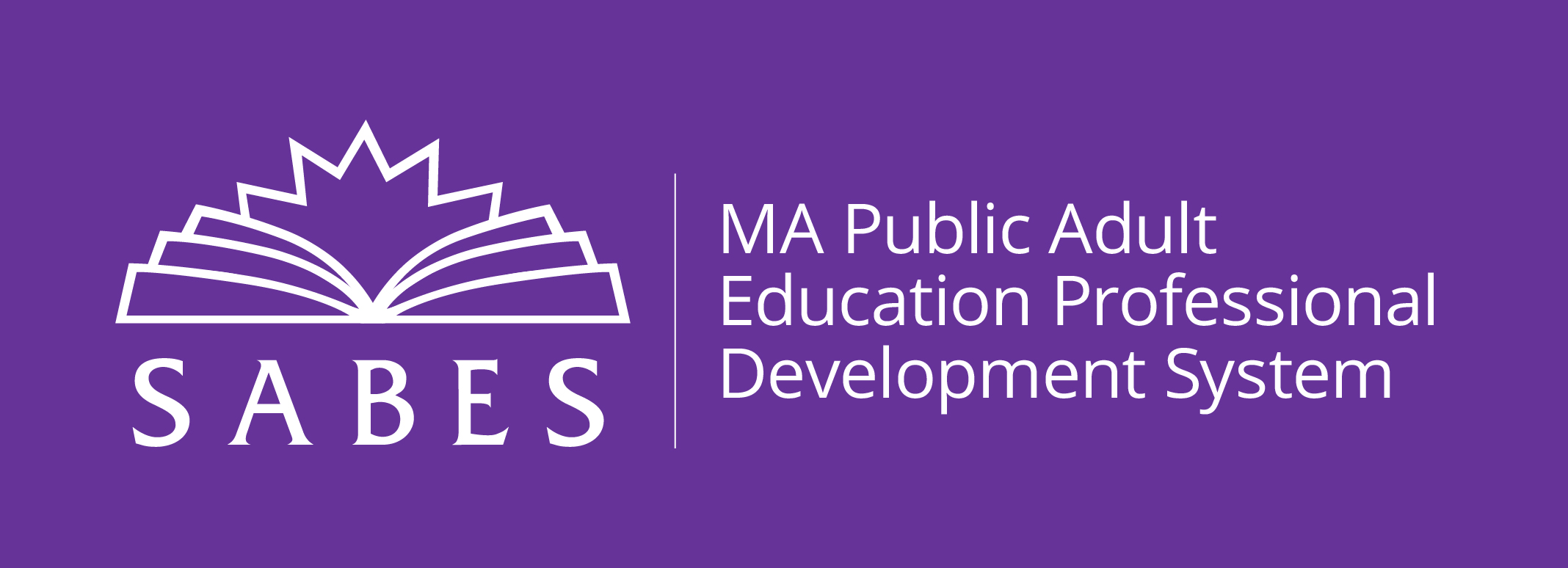In the video series, From Awareness to Action: Culturally Responsive Teaching in the Adult ESOL Classroom, you will see a teacher demonstrating these elements of CRST:
- A classroom environment that is inclusive, affirming, and equitable
- Recognizing students’ diverse cultures and identities as assets
- A curriculum and instructional materials with diverse perspectives
- High expectations for all learners, fostering critical thinking skills, civic engagement, and a commitment to social justice
- Critically assessing one’s own biases, assumptions, and beliefs and understanding how these can influence instruction
This first video demonstrates how Saralé Lizdas, a teacher from the International Language Institute in Northampton, Massachusetts, has created an inclusive, affirming, and equitable learning environment and recognizes the students’ diverse cultures and identities as assets. (See video below.) Additionally, the instructional materials used in the lesson are drawn from the students’ diverse cultures. As you watch the video, see what you notice:
- The students, and the teacher, share cultural objects that are important to them.
- The students ask each other questions and talk about aspects of their cultures.
- All students are included, even those who don’t use their video camera.
- The teacher puts students into small groups and gives them ample time to expand on their cultural object.
- She gives them a framework (The 5-Dimensions of Culture) for thinking, talking, and writing about culture.
- She shows genuine interest in and affirms what students are saying about their cultures, listens attentively, asks follow-up questions, laughs and responds appreciatively.
- The teacher invites students to use their other languages if they need to, acknowledging that their multilingualism is an asset.
- What other examples of CRST do you notice?



